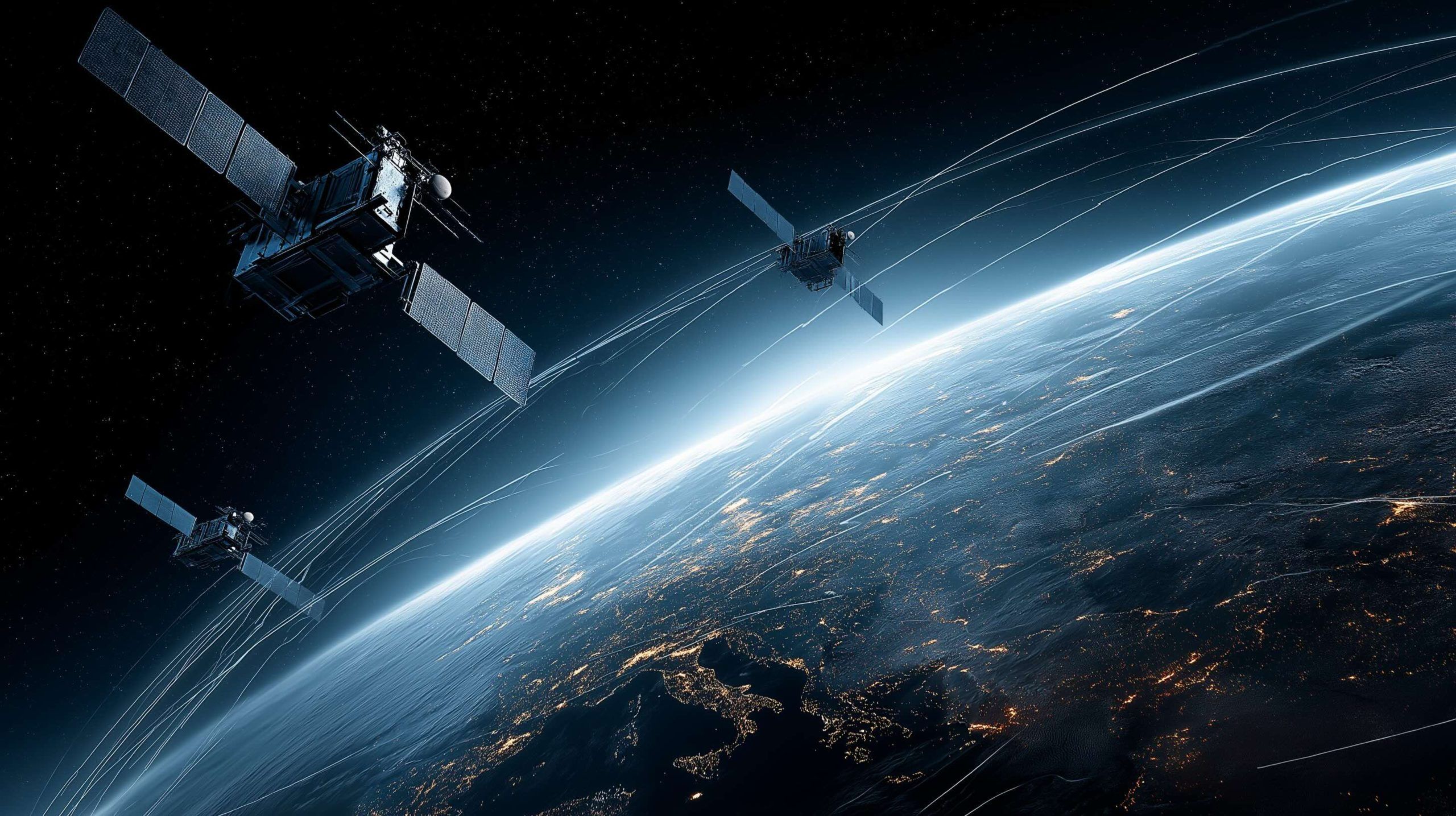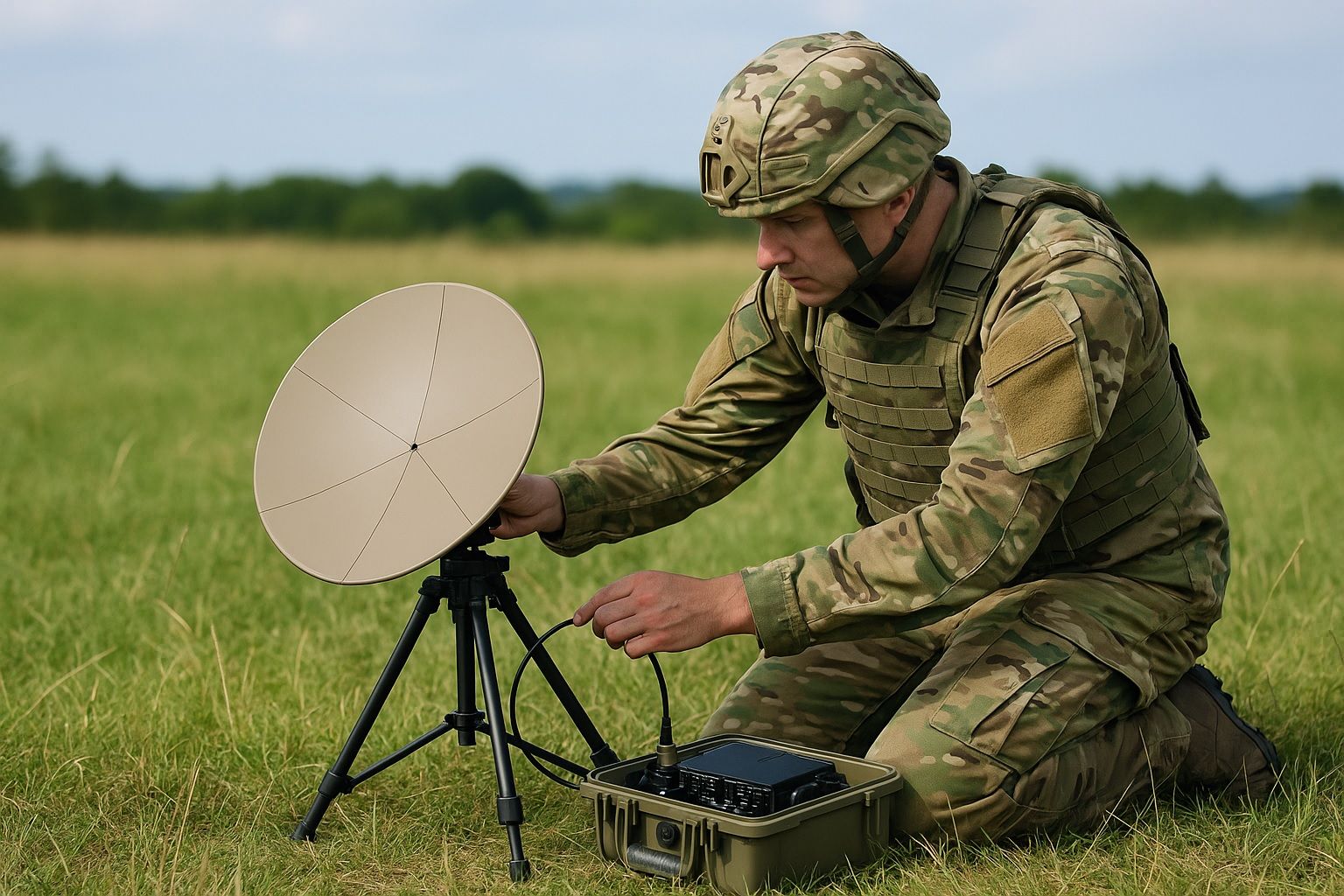
Satellite Definition: Ultimate Guide from Sputnik to SpaceX and Beyond
Sputnik 1, launched on October 4, 1957, was the world’s first artificial satellite. Sputnik 2, launched in 1957, carried Laika the dog into orbit, the first living creature in space. Explorer 1, launched January 31, 1958, discovered Earth’s Van Allen radiation belts, proving satellites could do serious science. TIROS-1, launched in 1960, was the first weather satellite, demonstrating that orbiting cameras could observe cloud patterns and improve forecasting. Telstar 1, launched in July 1962, became the first active communications satellite and relayed the first live television signals across the Atlantic. Geostationary orbit at about 35,786 km above the equator allows










